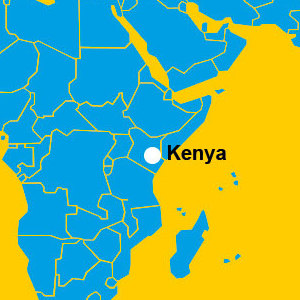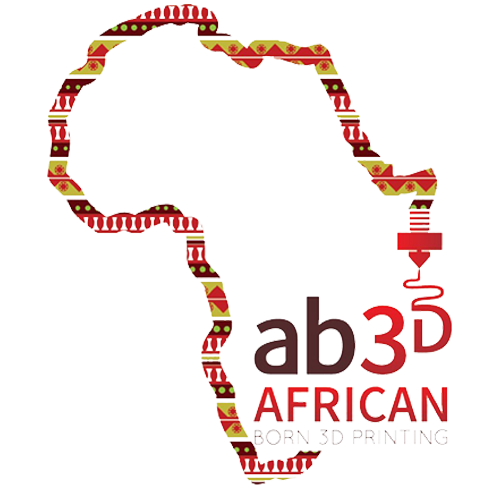Local 3D printing of healthcare devices
A major barrier for the widespread availability of healthcare devices in low-resource regions is the complicated supply chain. Bureaucracy, geography and limited infrastructure all contribute to the difficulty of getting the right product at the right time. Additionally, healthcare devices designed for high-income settings often fail in hot, humid and dusty environments where power outages are common. Many people have suggested that local 3D printing is a great way to eliminate these barriers and drastically increase access to appropriate healthcare devices. 3D printing has taken a flight in recent years, with consumer printers available for less than 200 euro. However, the predicted increase of healthcare devices in low-resource regions has as yet failed to materialise.
We are working on mapping the 3D printing resources and human capital available in Nairobi to better understand why the use of this technology is still limited and how we can adapt our design process to this context. At the same time, we are doing material studies in order to establish their suitability for healthcare devices and performing case studies where we adapt our own designs for 3D printing.
Project partners

Julie Fleischer


